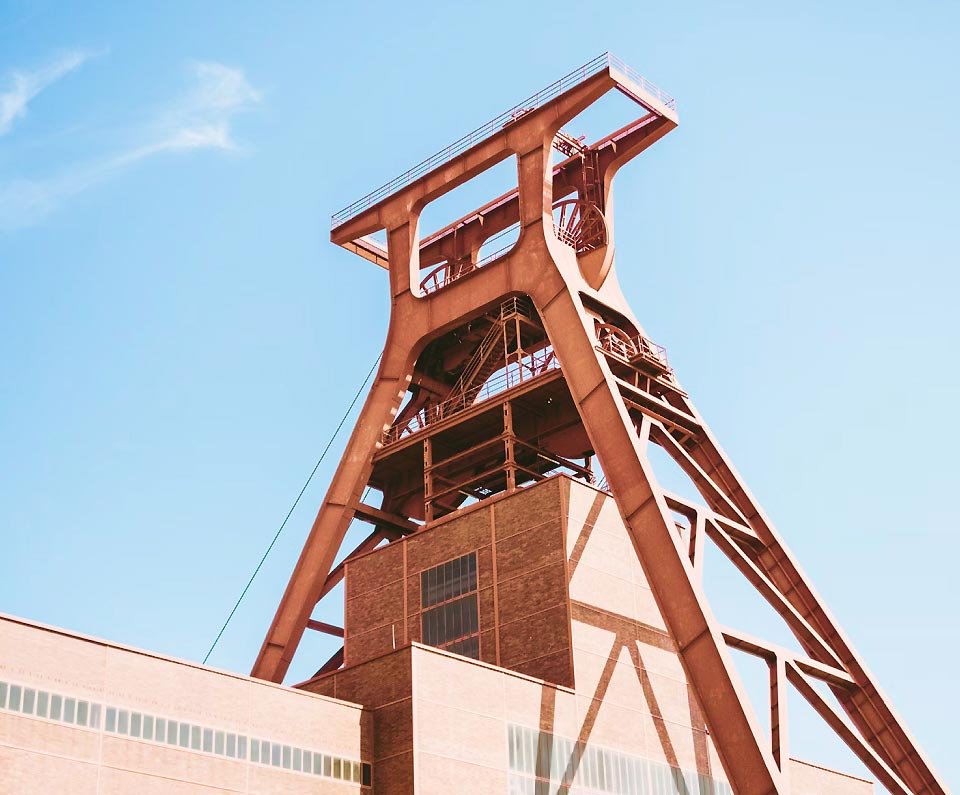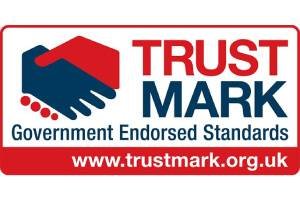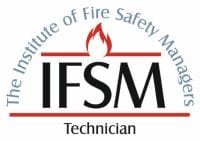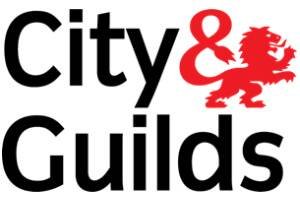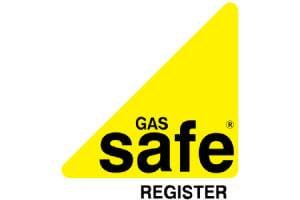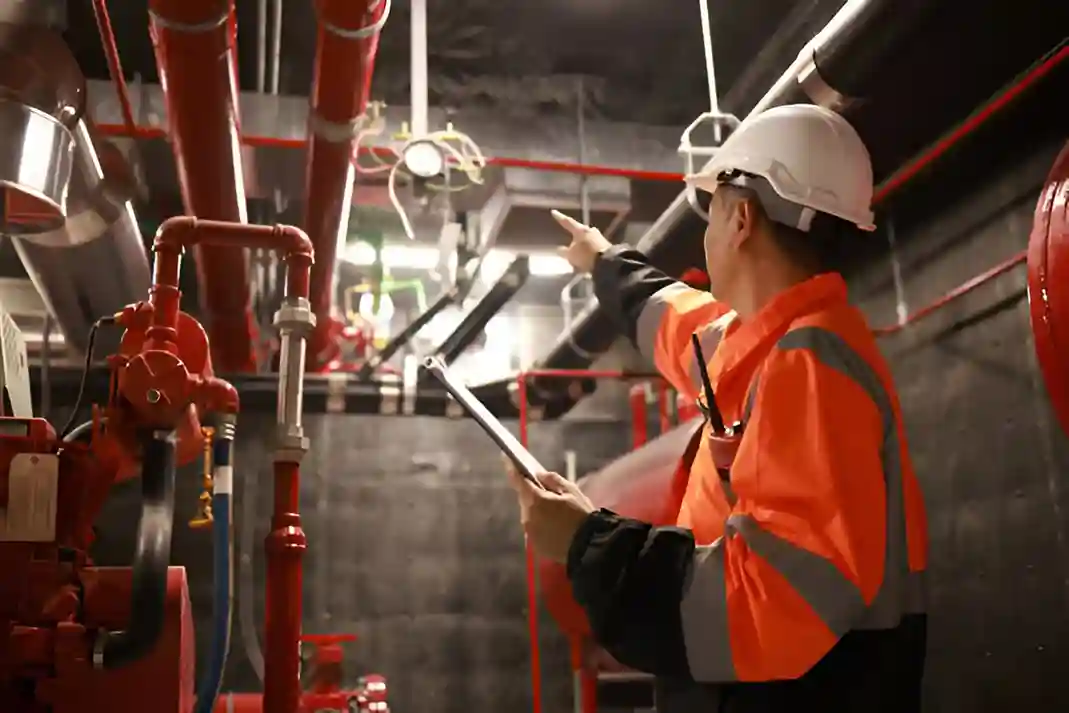
By 2025, it will be fundamental for property owners to understand the fire risk assessment price. Fire risk assessment varies depending on aspects such as the property’s type and size. Residential assessments tend to be more affordable, whereas commercial and industrial properties usually face higher charges. As compliance requirements grow, so do the expenses. What are the main factors behind these price variations, and how might they influence your decision-making?
Main Points
- The costs of fire risk assessments differ greatly depending on the property type, size, and complexity, which influence the total price.
- Residential assessments usually cost between £ 200 and £ 500, whereas commercial property evaluations can range from £200 to £2,000.
- Industrial facilities often face higher costs, ranging from £1,500 to £5,000, depending on specific requirements.
- Ongoing compliance costs, including follow-up assessments and staff training, are essential for maintaining fire safety standards.
- Regular assessments not only ensure legal compliance but also enhance safety and may lower insurance premiums for property owners.
What is a Fire Risk Assessment and Why Do Prices Differ?
A fire risk assessment systematically examines a building’s fire dangers and assesses how effective its fire safety measures are. This process ensures legal compliance and improves occupant safety.
This assessment identifies risks, including flammable materials, insufficient escape routes, and faulty fire alarms. Systematically analysing these factors provides recommendations to reduce identified risks.
The cost of conducting a fire risk assessment can vary considerably due to several factors.
The size and complexity of the building play an essential role, as larger or more intricate structures typically require more in-depth evaluations. Additionally, where the property is located and the assessor’s experience can influence the fire risk assessment price.
Some buildings may necessitate specialised expertise, particularly in industries with stringent regulations. Ultimately, the variability in costs reflects the need for tailored solutions to guarantee thorough fire safety and compliance with relevant laws.
Factors That Influence the Fire Risk Assessment Price
Several factors contribute to the fire risk assessment price, influencing the overall cost based on specific circumstances. The size and complexity of the property play an essential role; larger or more intricate structures often require more extensive evaluation.
In addition, the occupancy, residential, commercial, or industrial, affects the assessment’s depth and duration. The location of the property may also impact pricing due to regional regulations and market conditions.
The experience and qualifications of the assessor are significant; more experienced professionals typically command higher fees. Moreover, the urgency of the assessment can influence fire risk assessment price; expedited services may obtain additional charges.
Finally, specific client needs, such as tailored reporting or follow-up consultations, can also affect the final price. Understanding these factors helps clients anticipate expenses and make informed decisions regarding their fire risk assessment needs.
Price Ranges for Different Property Types
Price ranges for fire risk assessments vary considerably across different property types, reflecting the unique requirements associated with each.
Residential properties typically fall within a lower fire risk assessment price range, often between £200 and £500, due to their standardised safety measures and smaller size.
In contrast, commercial properties, such as offices and retail spaces, may incur costs ranging from £500 to £2,000, as they require more detailed evaluations to comply with stringent regulations.
Industrial facilities, which often involve complex operations and higher risks, can see assessments priced between £1,500 and £5,000.
Additionally, specialised properties like hospitals or high-rise buildings may exceed these ranges, reflecting the intricate safety protocols necessary to protect vulnerable occupants.
Understanding these price ranges can help property owners budget effectively for essential fire risk assessments, ensuring compliance and safety in various environments.
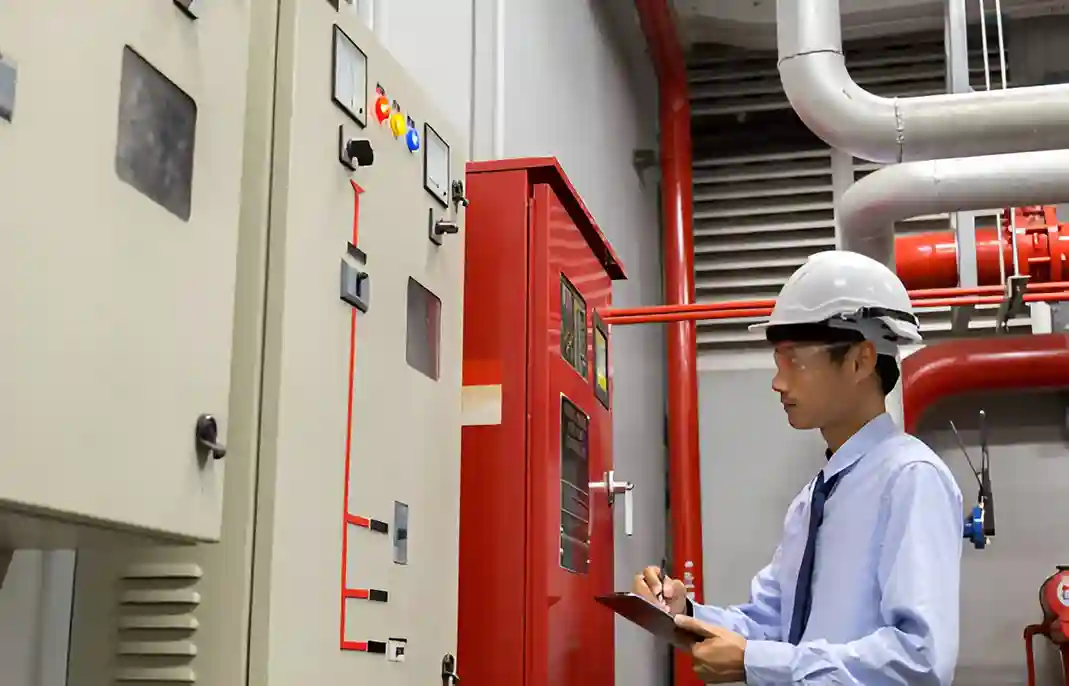
How Business Size and Complexity Affect the Cost
The size and complexity of a business greatly influence the costs associated with conducting fire risk assessments. Larger and more complex organisations typically require more thorough assessment, which can drive up costs.
Several factors contribute to these variations:
- Number of Employees: A greater workforce often necessitates more extensive safety measures and evaluations.
- Building Size and Layout: Larger premises with intricate designs may require more detailed assessments to determine fire threats.
- Industry Regulations: Certain sectors, like healthcare or manufacturing, have stricter fire safety regulations, affecting assessment complexity and cost.
- Existing Fire Safety Measures: Businesses with established protocols may need a less exhaustive assessment compared to those starting from scratch.
Understanding these elements can help businesses anticipate expenses related to fire risk assessments, ensuring they allocate resources appropriately to enhance safety and compliance.
Breaking Down the Fire Risk Assessment Price
While various factors influence the overall fire risk assessment price, breaking down these expenses can provide businesses with a clearer understanding of what to expect. Typically, costs can be categorised into several key components.
First, there are fees associated with consultancy services, which may vary based on the expertise and reputation of the fire safety professional. Additionally, businesses may suffer charges for documentation and reporting, as detailed assessment reports are essential for compliance and risk reduction.
Training and education for staff, aimed at improving fire safety awareness, also contribute to overall expenses. Moreover, the complexity of the property’s layout and the presence of specialised systems can lead to additional charges.
Initial Survey and Inspection Costs
Before an extensive fire risk assessment can be conducted, initial survey and inspection costs must be considered, as these fees lay the groundwork for a thorough evaluation. Understanding these costs is key for property owners and managers. It helps you better plan and manage their properties more effectively.
- Consultation Fees: Initial discussions with fire safety experts typically involve a consultation fee, which varies based on the professional’s expertise and experience.
- Site Inspection Costs: A detailed site inspection is important to determine unsecure conditions and may involve additional charges depending on property size and complexity.
- Report Preparation: After inspections, prepare a detailed report detailing findings and recommendations for further fire risk assessment pricing.
- Travel Expenses: If the property is located outside the service area, travel expenses may be added to the overall cost.
These initial costs are significant in ensuring that a fire risk assessment is thorough, ultimately contributing to a safer environment.
Ongoing Compliance and Follow-Up Fees
Ongoing compliance and follow-up fees are essential for maintaining fire safety standards after the initial assessment has been completed. These fees cover the necessary inspections and evaluations that guarantee an organisation remains compliant with current fire safety regulations.
Regular follow-up assessments help identify any changes in the environment or operations that may increase fire risks, allowing for timely interventions. The frequency of these assessments can vary based on the size and complexity of the facility, as well as any specific requirements imposed by local fire authorities.
Organisations should budget for these ongoing costs, as they are essential to preventing possible dangers and guaranteeing employee safety. Integrating continuous compliance into the fire safety plan reduces risks and shows dedication to safety and regulatory standards.
Fire Risk Assessment Price Comparison
When evaluating fire risk assessment prices, notable differences are evident between domestic and commercial properties.
Variables like the specific type of commercial space- whether HMOs, offices, or retail outlets- also affect pricing.
Recognising these variations is integral for property owners aiming to plan their budgets accurately for compliance.
Domestic vs. Commercial Property Costs
The fire risk assessment price can vary considerably between domestic and commercial properties. This variation is influenced by several factors, making it essential for property owners to understand the distinctions.
- Size of the Property: Commercial properties typically have larger square footage, resulting in a higher fire risk assessment price.
- Complexity of the Structure: Commercial buildings often incorporate more complex designs and materials, requiring specialised evaluations.
- Regulatory Requirements: Commercial properties face stricter fire safety regulations, leading to more thorough assessments.
- Frequency of Assessments: Commercial properties may require more frequent assessments than domestic properties due to higher occupancy and usage rates.
Understanding these factors can help property owners budget effectively for their fire risk assessments.
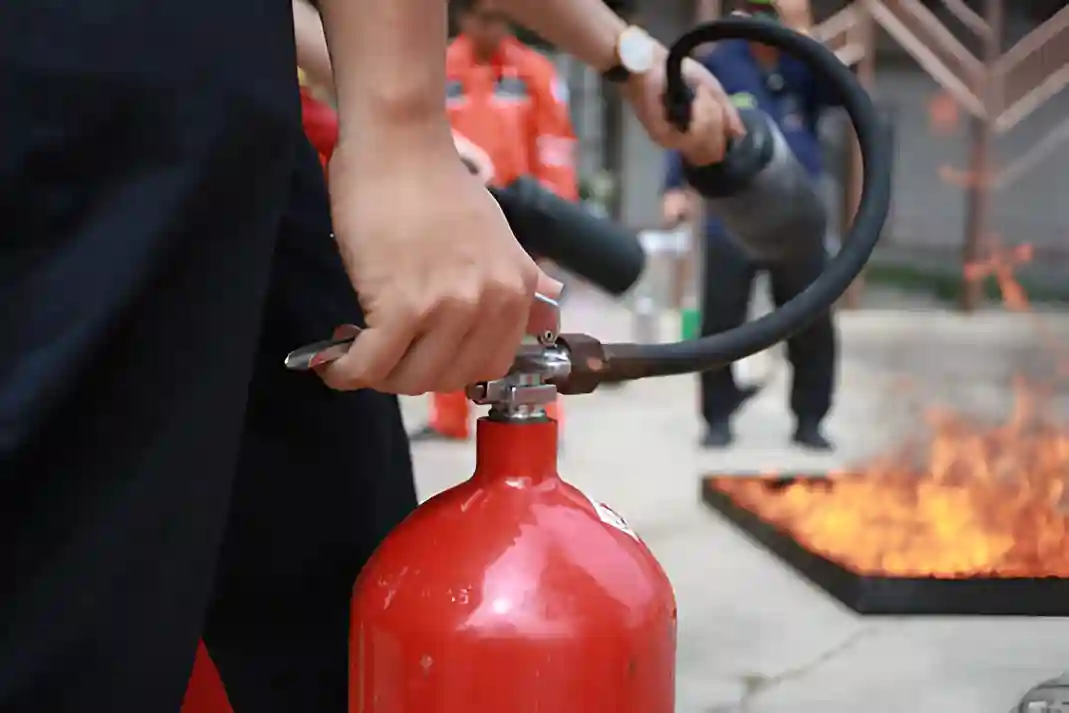
Costs for HMOs, Offices, and Retail Premises
Fire risk assessment Price can vary considerably among Houses in Multiple Occupation (HMOs), offices, and retail premises, reflecting their unique characteristics and regulatory requirements. HMOs often face higher expenses because of the necessary detailed evaluations to ensure tenant safety. Offices may have moderate costs based on their size and layout. At the same time, retail premises can fluctuate depending on occupancy levels and product type. The table below shows the fire risk assessment cost for these property types:
| Property Type | Average Cost (£) |
|---|---|
| HMOs | 500 – 1,500 |
| Offices | 300 – 1,000 |
| Retail | 400 – 1,200 |
| Mixed-Use | 600 – 1,800 |
| Small Units | 250 – 800 |
Is a Fire Risk Assessment Worth the Price?
How valuable is a Fire Risk Assessment in safeguarding lives and property? Investing in a fire risk assessment usually surpasses the costs when taking into account the possible consequences of neglecting fire safety.
By detecting dangers and implementing preventative measures, organisations can markedly enhance their safety protocols. The following points highlight the value of this assessment:
- Risk Identification: They reveal possible fire dangers that may not be immediately apparent, allowing for proactive measures.
- Reducing Strategies: Tailored recommendations help in developing effective strategies to minimise fire risks.
- Insurance Benefits: Many insurers offer lower premiums for properties with documented fire risk assessments, thereby offsetting costs.
- Peace of Mind: Knowing that a thorough assessment has been conducted can provide reassurance to both management and occupants, fostering a safer environment.
Legal Compliance and Safety Benefits
Fire safety regulations are increasingly stringent, making legal compliance essential for organisations. Conducting a thorough fire risk assessment helps businesses align with current laws and reduce liability risks.
Moreover, embracing fire safety measures brings numerous safety benefits. Organisations can protect their workforce, minimise property damage, and enhance overall safety culture. By investing in fire risk assessments, organisations not only meet legal standards but also promote a safer environment for employees and clients.
| Compliance Benefits | Safety Benefits |
|---|---|
| Avoids legal penalties | Protects employees |
| Enhances organisational reputation | Minimises property loss |
| Streamlines emergency response | Promotes safety |
Frequently asked questions.
Conclusion
In summary, it is fundamental for property owners and managers to understand the fire risk assessment price. With costs varying considerably based on property type, size, occupancy, and other influencing factors, it is important to evaluate both immediate expenses and long-term advantages. Ultimately, investing in a fire risk assessment ensures legal compliance and improves safety, safeguarding occupants and assets from possible fire risks.

